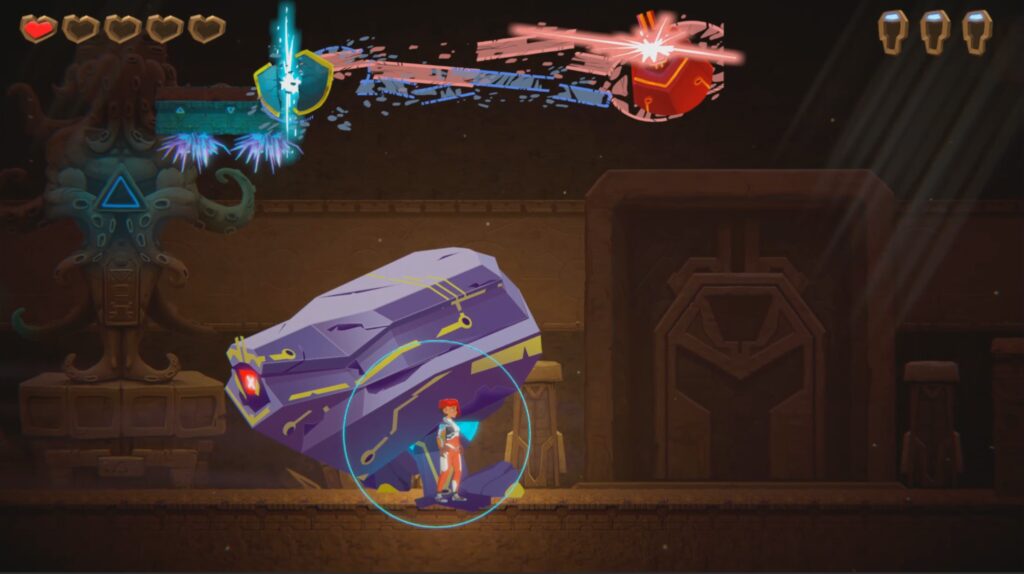Game development is an exciting opportunity that requires a range of creative and technical skills. Unity is a platform that has made it easier for developers to create 2D games with stunning graphics and intuitive gameplay mechanics. To develop a game using Unity, the first step is to prepare the environment by installing the necessary tools, including Unity Hub and Unity itself. Then, a new project is created, and a game scene is set up by adding game objects, assets, and mechanics through scripting. After thorough testing and debugging, the game is polished and published on various platforms like iOS, Android, and Windows.
Introduction
Games are a popular activity that many people enjoy. They are a form of interactive entertainment that allows individuals to immerse themselves in a virtual world and experience a wide range of emotions, from excitement and joy to frustration and anger. Although being a game player sounds like an ideal occupation, there is an even more exciting opportunity out there – becoming a game developer.
Game development involves a range of creative and technical skills and requires an iterative and collaborative approach to problem-solving. Unity is a platform that has revolutionized game development, making it easier for beginners and experts alike to create games with stunning graphics and intense gameplay. In this article, we will take a look at how games are made by developing 2D games with Unity through a step-by-step tutorial.
Step 1: Preparing the Environment
Before we can begin developing games, we need to prepare our environment for the process. Unity provides the appropriate tools for game development, and we must ensure that we have installed them on our system.
The first tool we need is the Unity Hub, which acts as a launching pad for our game development projects. Next, we need to install Unity itself, which is the engine that powers the games we develop. We should select the most recent version of Unity based on our intended game development configuration.
Step 2: Creating a New Project
Once we have installed the necessary tools, we can create a new project by opening Unity Hub and clicking the “New” button. We will want to specify the name and settings of our project as we create it. The settings we choose will depend on the type of game we intend to develop, but we should always ensure that we select a 2D project type.
Step 3: Setting Up the Game Scene
For our game to run, we need to create a game scene that will house all of our assets and game objects. We can do so by clicking the “New Scene” button, which will create a new scene for us to work with.
We can then populate our scene by dragging and dropping any assets we need, such as backgrounds, characters, and objects. We can also add any 2D game objects, such as cameras, lights, and colliders, to ensure that our game behaves as expected.
Step 4: Adding Game Mechanics
The game mechanics are what make our game unique and engaging. They will incorporate gameplay features such as character movements, power-ups, and scoring systems. We can add these elements to our game through scripting.
Unity uses the C# programming language for scripting. There are two main ways that we can add scripts to our game objects. We can either create a new script and attach it to our game object or modify an existing script to suit our needs.
As an example, we can create a script that controls our player’s movement by getting input from their keyboard. We can attach this script to our player object and test it to ensure that it works as expected.
Step 5: Testing and Debugging
Game development involves a lot of trial and error, and it is crucial to test and debug our game as we develop it. Unity offers several tools for testing and debugging our games, such as play mode and the debug console.
Play mode enables us to test our game in real-time and make immediate changes if necessary. The debug console is helpful for identifying and fixing any errors that arise during testing.
Step 6: Polishing and Publishing
Once we have developed our game and tested it thoroughly, we can start polishing it and making it visually impressive. We can add sound effects and music to our game, tweak the graphics, and add any animations.
When we are satisfied with our game, we can publish it. Unity allows us to publish our game to various platforms, such as iOS, Android, and Windows. We only need to select our preferred platform and follow the publishing wizard to create a build of our game.
Conclusion
In conclusion, game development is both exciting and challenging. Unity has made it easier for developers to create 2D games with stunning graphics and intuitive gameplay mechanics. By following the steps outlined in this article, we can start creating our games today. However, keep in mind that creating a game is an iterative process that requires patience, creativity, and dedication to achieving the best product possible.
